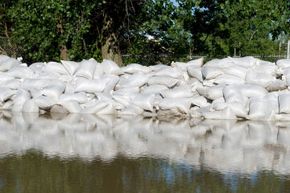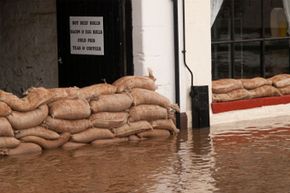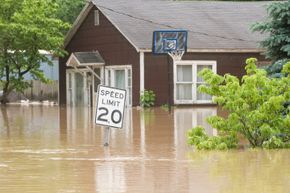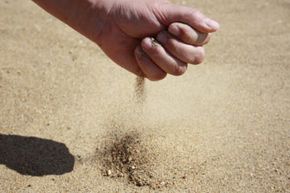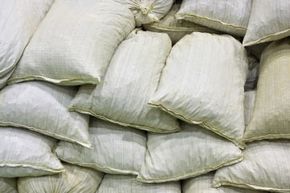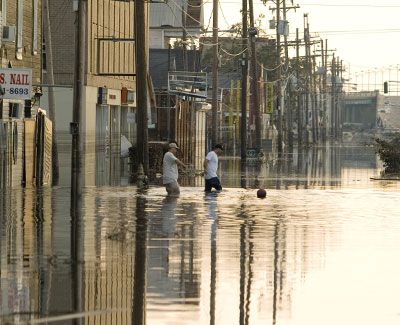On a Sunday in March 2010, city officials in Fargo, N.D., were lighting cigars to celebrate their victory over the Red River. Over the weekend, residents had waited to see if the sandbags they had placed and the clay dikes, compliments of the U.S. Army Corps of Engineers, would hold. They knew that if these defenses failed, the Red River, swollen with melted snows, would rush into their homes.
Fargo was still a bit scarred from 2009, when the Red River flooded before. Thousands of residents scrambled to protect their homes and many were forced to evacuate. The following year, they were ready with millions of sandbags, and luckily, the river subsided. One resident told The Christian Science Monitor that he was able to relax and watch the NCAA Men's Division I Basketball Championship (a.k.a. "March Madness"), knowing that walls of sandbags were keeping his backyard safe [source: Kolpack].
Advertisement
Jeannene and Denis Kerkman of Tilden, Neb., had lived in their home for 20 years. In June 2010, they found themselves holding their breaths to see if the fortress of sandbags around their house would hold back the 4 feet (1.2 meters) of water rushing through their backyard. The Kerkmans had never experienced anything like the encroaching waters, the closest previous flood danger being about 400 feet (121 meters) away. That summer, they found themselves relying on volunteers and sandbags for protection [source: Myers].
If you look up sandbags in the dictionary, you'll find a definition that talks about a bag stuffed to the seams with sand. You'll also learn that these stout bags can serve as weapons, provide stability or, perhaps most relevant to fearful homeowners, protect against the effects of a raging river.
How did a simple bag of sand become one of the best ways we have to save our homes from hurricanes and floods? In the next section, we'll talk about what a sandbag looks like and why it does what it does.
Advertisement
